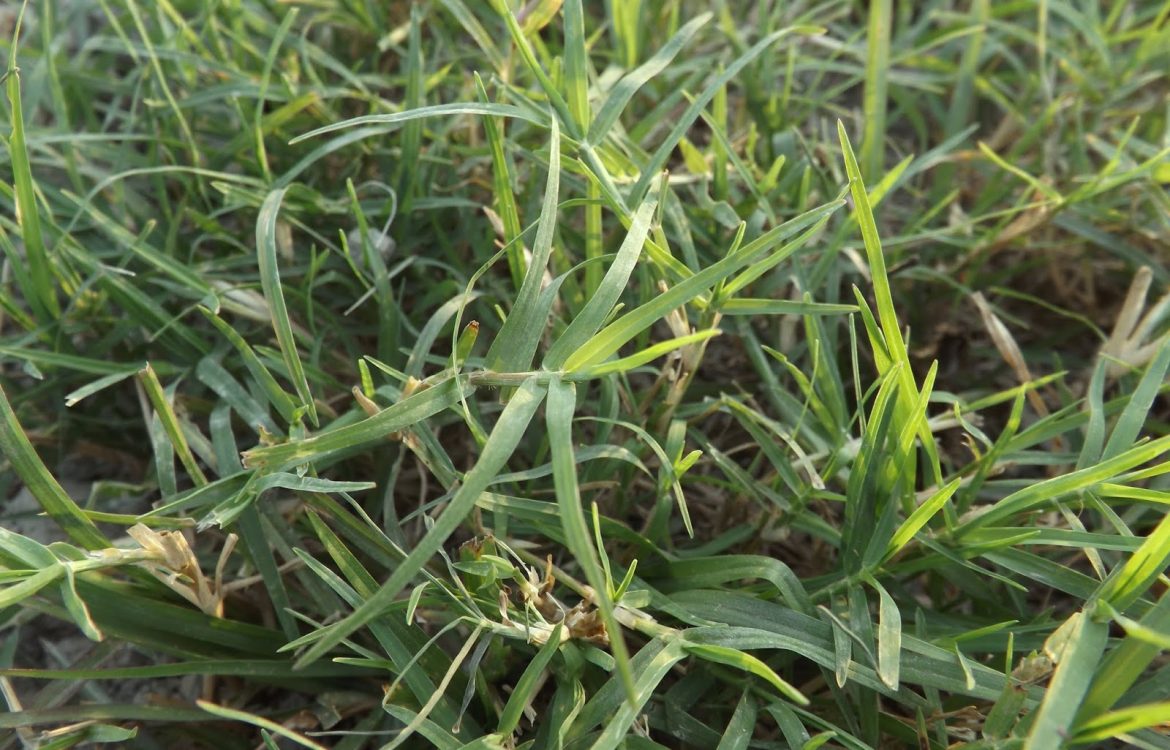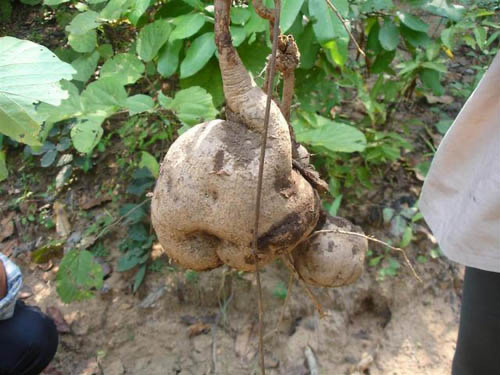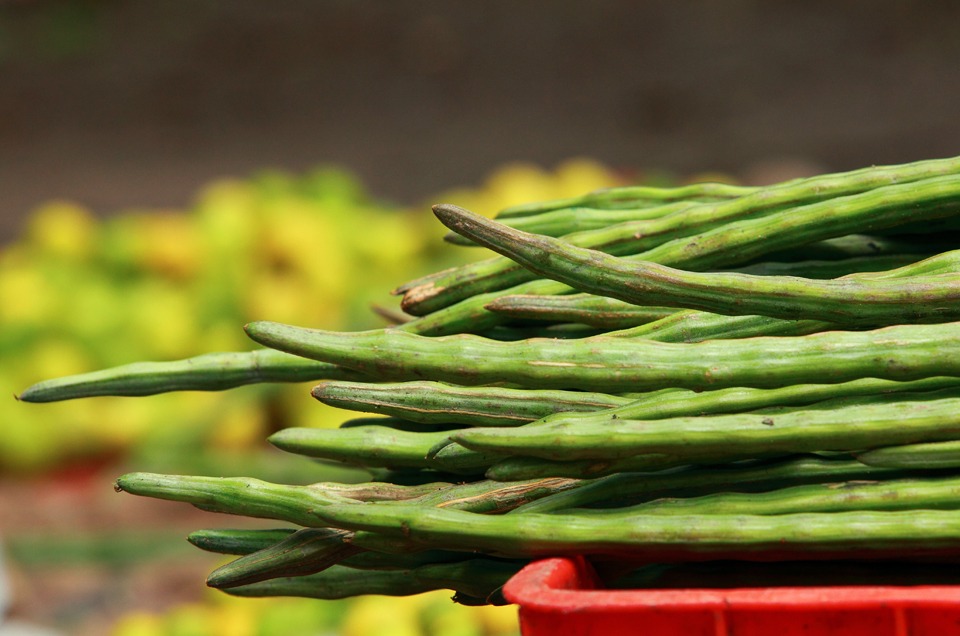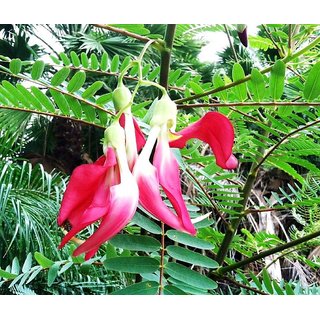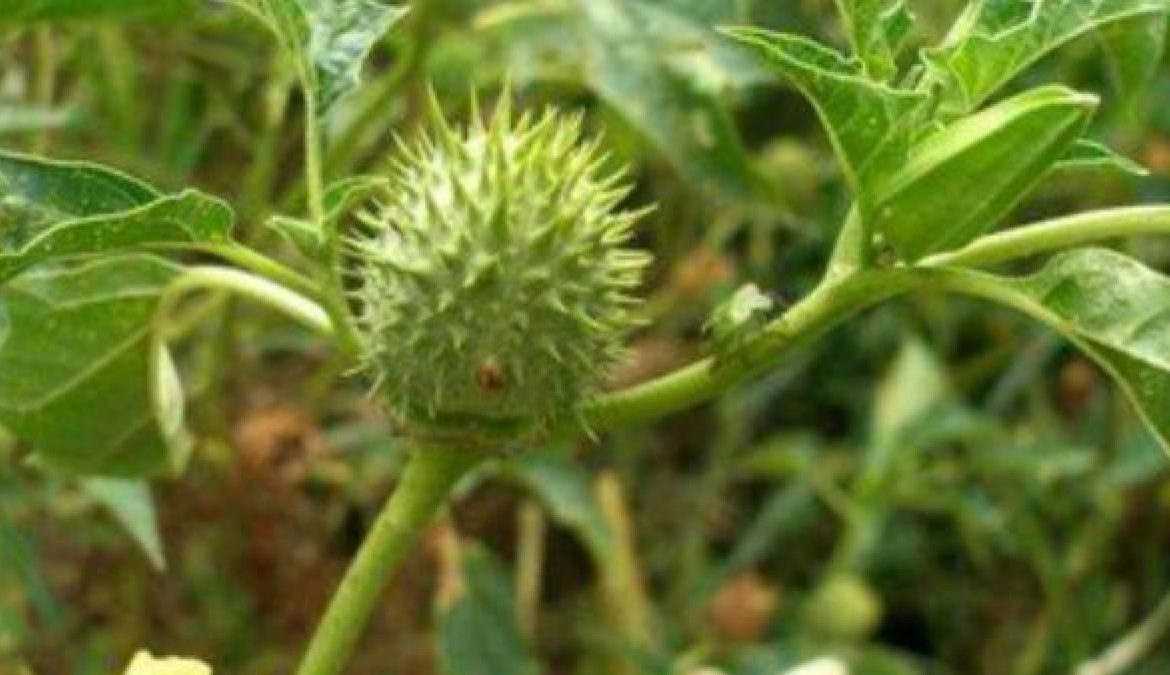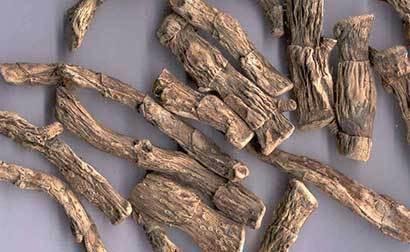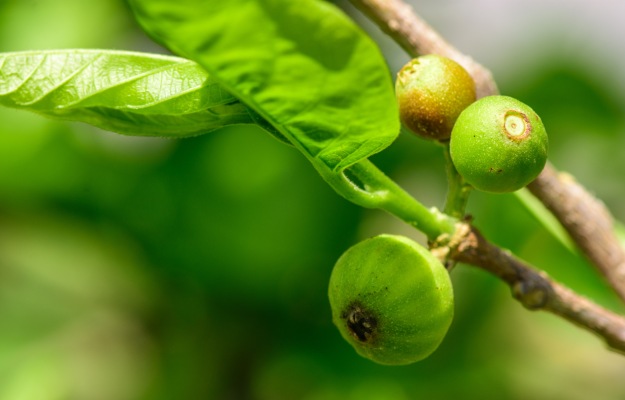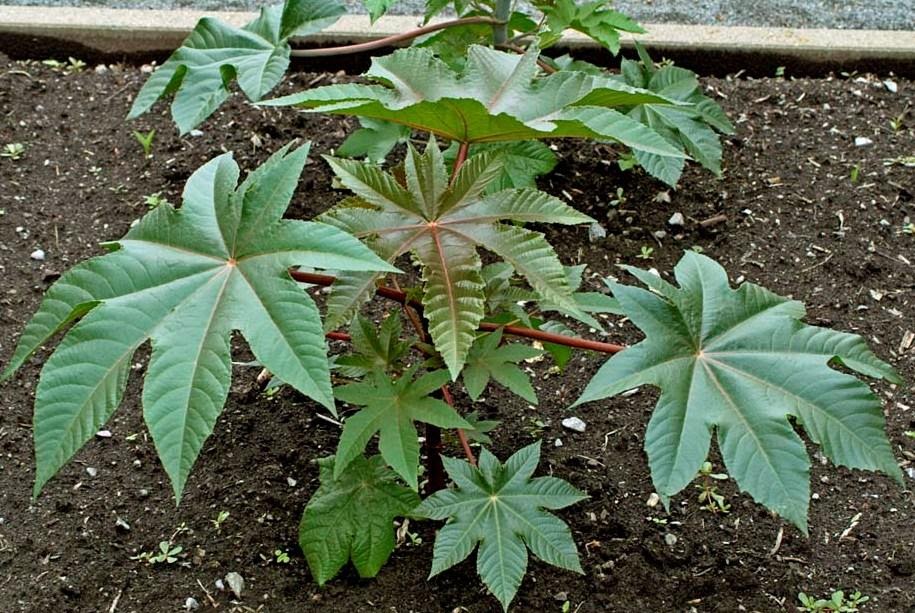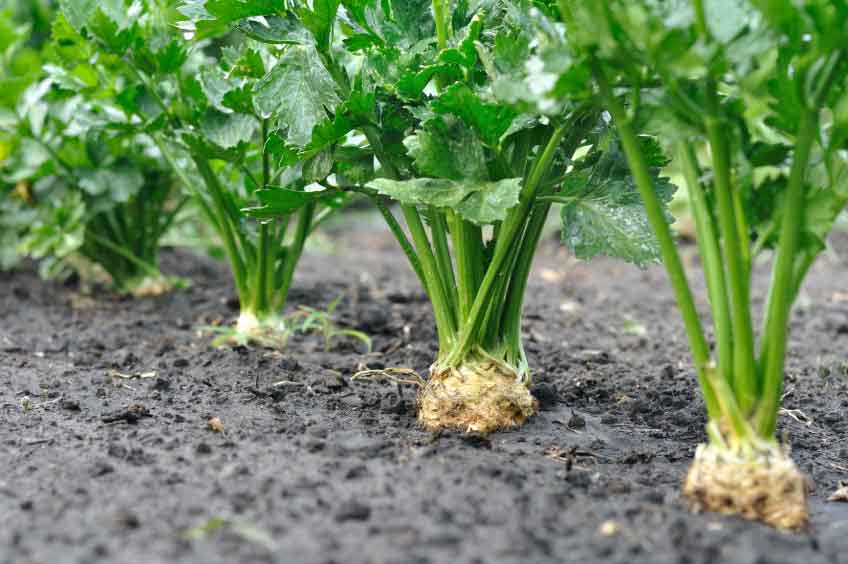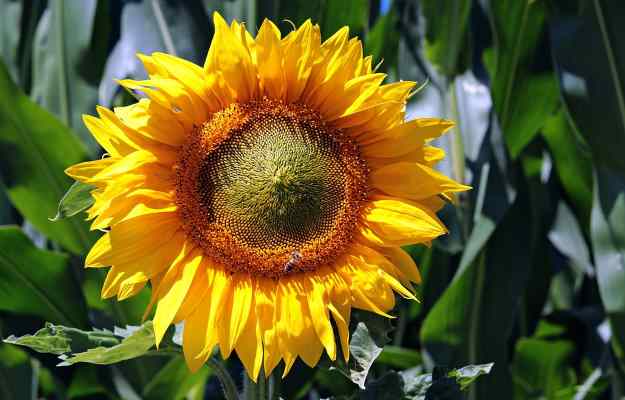Author Archives: Vaidya Jagjit Singh
Doob Grass, Durva Grass – Ayurvedic Properties & Medicinal Usage
- May 12, 2016
- Posted by Vaidya Jagjit Singh
- 0 Comment(s)
INTRODUCTION
Doob Grass (Durva Grass) is a gift of nature for living beings. It is fresh and evergreen. Its gentle blissful sway is exhilarating. Animals feed on this grass and produce sweet milk Childrens drink the milk and grow healthy and strong. Early in the morning this grass is covered with dew and gives the felling as if green carpet has been laid on the ground. The grass is soft as silk and gives a very refreshing feeling. Walking bare feet on the grass has many benefits. It helps improve the eye-sight and also cures several disorders of the body. It grows heartily all through the year. It is known to have three different varieties- green, white, and blue.
Vidarikand (Pueraria tuberosa)
- May 11, 2016
- Posted by Vaidya Jagjit Singh
- 0 Comment(s)
Benefits, Medicinal Usage and Properties
INTRODUCTION
Vidarikand (Pueraria tuberosa) is a creeper which has circular leafless stems. It is commonly found around the canals and rivers and in the lower hills of Himalayas at the height of 3000 ft. Underground fruits are found attached to its roots. Fruits vary in shape and size and its taste is very similar to that of madhuyashti. This is why it is known as swadu kand (tasty fruit). This creeper is favorites to horses and hence is commonly known as gaj vajipriya. Its fresh fruits are sold in the markets as sural. Its another substitute, known as ipomea paniculata is found. When cut, good amount of pungent and sour liquid oozes out of it.
Sehjan (Drumstick) – Ayurvedic Properties & Medicinal Usage
- May 1, 2016
- Posted by Vaidya Jagjit Singh
- 0 Comment(s)
INTRODUCTION
Its wild trees are found in the Himalayan valleys.Pod of wild trees and cultivated trees are sweet and good for cooking. Based on the flower typs, Ayurved writers have identified its two main types- white and red. White variety is bitter and red variety is sweet in taste.The bitter variety is found all over but the sweet variety is found rarely.
Agastya (Sesbania grandiflora) –
- April 28, 2016
- Posted by Vaidya Jagjit Singh
- 0 Comment(s)
Ayurvedic Properties & Medicinal Usage
INTRODUCTION
Sesbane plants are found almost everywhere. It grows well in areas which are abundant in water and have hot climate. During rainy season, the scattered seeds start germinating. As per Rajnighantu, sesbane has four varieties; white yellow, blue and red flowered. White flowered plants are most common of all the four. Parts of the plant like soft leaves, flowers and fruits are cooked and eaten.
Peela Dhatura – Ayurvedic Properties & Medicinal Usage
- April 21, 2016
- Posted by Vaidya Jagjit Singh
- 0 Comment(s)
INTRODUCTION
It is an American herb but is found all over Indian now. When any part of this herb is plucked, it exudes golden colored, yellowish milk. This is why it is named as swarnkshiri (plant with golden liquid).Fruit is quadrangular. It is thorny and cup shaped which contains two small, dark colored mustard like seeds, which when put on burning coal, start roasting with cracking sound. The whole plant has thorns like those in yellow- berried night shade plant.
Bach, Vacha (Acorus calamus) – Properties & Medicinal Usage
- April 19, 2016
- Posted by Vaidya Jagjit Singh
- 0 Comment(s)
INTRODUCTION
It is a native of Europe and central Asia. There is no reference available to state that how this plant spread to the Indian soil. Today, its plants are found in Himalayan region at the height of 6000ft. It is commonly found in Manipur and Naga hills and in the lakes of Kashmir, and around the farms. Its dried root or stem is sold in markets with the name of Gboda bach. It many varieties are found. BAL Bach or parseek bacha is the main one.
Ankol (Alangium Salvifolium) –
- April 17, 2016
- Posted by Vaidya Jagjit Singh
- 0 Comment(s)
Medicinal Usage, Properties & Harmful Effects
INTRODUCTION
Tiebid Alu retis is found as small as well as tall, big trees which grow typically in forests or dry and high land areas. These are found in Himalayan valley, Utter Pradesh, Bihar, Bengal, Rajasthan, South Indian and Burma.
APPEARANCE
Its tree is 5-15ft tall. Trunk is thick and round, bark is brown in colour. Leaves are 2-3inch long, alternate and are found in different shapes.With onset of summer season, leafless trees start bearing flowers. Flowers are white or yellowish white in color.
Arand (Ricinus communis) | Castor Oil | Ayurvedic Properties
- April 15, 2016
- Posted by Vaidya Jagjit Singh
- 0 Comment(s)
Its annual or perennial plants are cultivated or grown wild in forests at height of 600 ft. the oil extracted from its seed’s kernel is an excellent purgative. It is a beneficial herb for dermatoses and is also analgesic. It can be used as a medicinal herb to cure constipation and other gastric disorders. In the case of piles and fistula in the anus, cooked seeds soften the stool and relieve the misery. In addition to its medicinal value it is also nutritive. It is of two types – red and white. Also some trees produce large seeds and some small. The oil from the large seeds is used for burning that from small seeds is used in medicines.
Ajmod, Celery (Apium Graveolens) – Medicinal Usage & Properties
- April 14, 2016
- Posted by Vaidya Jagjit Singh
- 0 Comment(s)
Celery is grown all over in India, especially in west Bengal at the onset of winter season. It grows very well in the northern and western areas of Himalayas and Punjab. Plants bear flowers in FEB –mar and fruits in mar –Apr After which the plant dies. Celery is known as Ajmoda in Sanskrit. It is a famous Indian spice, used to improve digestion strength. Its leaves, petiole etc are used as vegetable. Its botanical name is Apium grave lens.
Surajmukhi (Sunflower) – Medicinal Properties, Usage & Health Benefits
- April 1, 2016
- Posted by Vaidya Jagjit Singh
- 0 Comment(s)
INTRODUCTION
Sunflower moves with the sun throughout the day. Its flower always faces the sun flower . These flowers open at sunrise and close at sunset. Its plants grow in water lands around villages, in gardens, along the roadside, and also in ploughed fields. Violet flowered plants are found especially from Bihar, Orissa to Gujarat and in southern India


